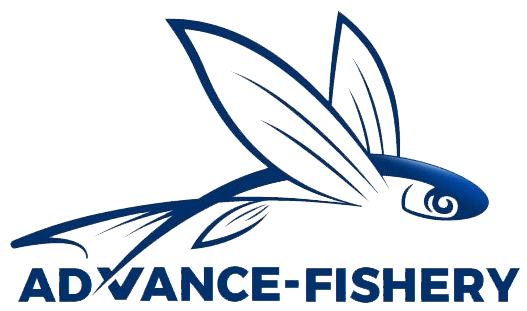
We follows the below issue of our hatchery:
- Our Hatcheries have huge broodstock ponds.
- Our main objective is the production of quality seed.
- we have knowledge on genetic status of hatchery stocks.
- We have knowledge of hatchery and nursery operators.
- Brood stock never replacement in from leftover fish.
- We do Degradation in genetic quality of seeds due to inbreeding & negative selection.
Hatchery The term is considered in broadest sense as a facility where carp fish fry and fingerlings suitable for stocking in growth ponds are produced in artificial manner by the process of induced breeding technique. Induced breeding is a technique whereby ripe brood fishes are stimulated by treating them with inducing agents to breed in captivity. The stimulant promotes a timely release of eggs and milt from ripe breeders.
It is now used as a widely accepted means of artificial propagation to overcome constraints in fish seed supply particularly for species that do not breed in captivity.

Fresh water Hatchery region in Bangladesh The carp hatcheries are distributed in most parts of Bangladesh. They are Mymensingh, Khulna, Satkhira, Bagarhat, Barishal, Jhalukati, Comilla, Chandpur, Chuadanga, Dhaka, Borguna, Faridpur, Madaripur, Kushtia, Magura, Naraial, Pabna, Bogura, Rangpur, Nator, Rajshahi, Jessore and other districts of Bangladesh. Most of the hatcheries are seen Mymensingh, Jessore, Khulna, Rajshahi.
Most of the hatchery operations system In Bangladesh, like as intensive hatchery and nursery activities take place during June-December, although nursery activities often extend up to February. Generally, during or after February, farmers begin their pond preparation to start the new cycle of breeding and rearing. On average, the duration of the hatching cycle in hatcheries are about five days and the number of cycles per year (June-December) are about 30. The hatchery cycle generally starts from the day when the broodstock are brought to the hatchery from the brood pond until the larvae absorb the yolk sac and the fry are transferred to the rearing pond or cement cistern from the hatching jar.

Nursery rearing of carp fry and fingerlings is generally carried out in three stages: a) early fry raising (spawnearly fry), b) fry raising (early fry-fry), and c) fingerling raising (fry-fingerling). The duration of the nursery cycle varies depending on the stage of rearing. The duration of the early fry-raising cycle varies between six to eight days that of fry raising varies between 20-30 days, and that of fingerling raising between 90-100 days. On average, the total number of nursery cycles per year was 8-12. During early fry raising, spawn are raised up to 0.5-1.0 cm size; during fry raising, the fry are grown from 1.0 to 3.0 cm; while size ranges in fingerling raising vary widely between 3-15 cm. Most hatchery and nursery owners have their own broodstock and nursery ponds.

The nursery owners were interviewed about their most likely sources of spawn and the hatchery owners about the sources of their broodstock. The source of spawn for nurseries was mainly from hatcheries (72.6 %); followed by wild caught (e.g., river – 13.7%), own grown (12.6%) and other farmers (0.5%) (Table 4). Similarly, the source of broodstock for the hatcheries was mainly from other farmers’ ponds (41.3%), followed by own grown (16.3%), wild caught (16.3%), traders (11.5%), government and private hatcheries and other sources. Induced breeding practices The knowledge of artificial breeding is a key aspect as it permits intensive production of a given species in controlled conditions.

Only a proper induced breeding and fry rearing technique can ensure a steady supply of quality fish seeds. Khatun et al. Carp fishery status in Bangladesh Res. Agric. Livest., Fish. Vol. 4, No. 2, August 2017: 123-129 126 At first Bangladesh started aquaculture practices with natural seed but now it is almost entirely (99.55%) replaced by hatchery produced seed. Since 1975, Bangladesh has successfully adapted artificial fish breeding techniques and low cost hatchery designs. Along with the three Indian major carps, few other major and minor carps and catfishes have been successfully bred in hatcheries. Up to now, 14 endemic finfish species are used in hatcheries for seed production. Among them catla, rohu, mrigal, calbasu and Asian catfishes (Deshi magur and shing) are main (Sarder, 2007).

